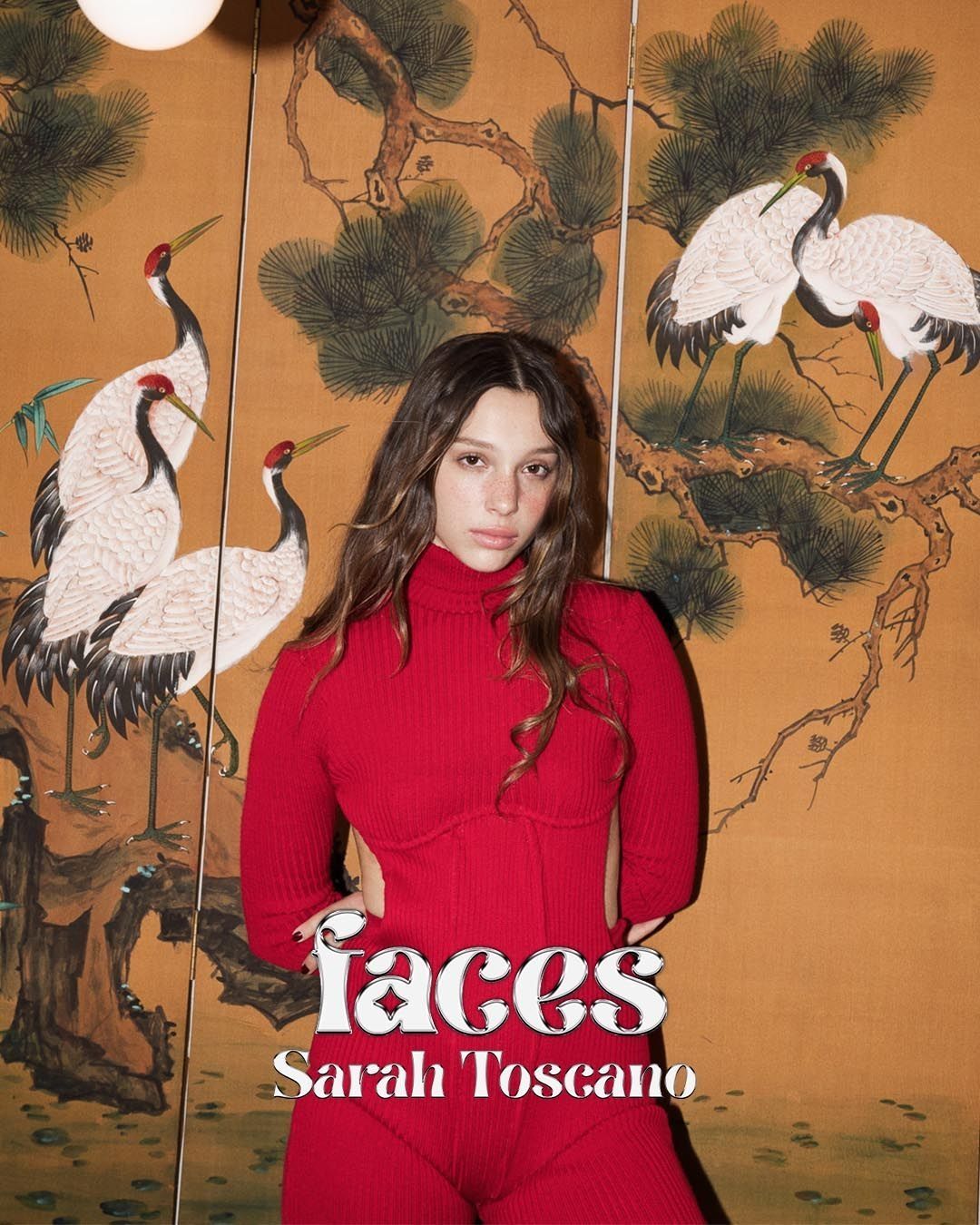
Fashion and culture in the "Swinging Sixties" London, miniskirts, Twiggy, space age culture and music as a symbol of social change
If the fifties were in black and white, the Sixties are in technicolor. Pop is the watchword of the 1960s. The Swinging Sixties are the defining decade for Great Britain.
It is the decade of the youthquake, the one in which the baby-boomers, now young adults, are given a voice for the first time and with their innovative power they manage to impose a turning point of enormous importance on society, setting themselves as a reference model for culture of change.
In just ten years, London transformed itself from a squalid and conservative city to being the navel of the world, made up of freedom, hope and promises. It was the city where everything was possible. Everything that is English, starting from clothes, shoes, records and accessories, automatically becomes fashionable. Young Europeans and Americans do not give up on British charm and migrate to the island to breathe the air of freedom, listen to music, adapt to the swinging look and better grasp the spirit of the times.
It was Diana Vreeland, director of Vogue in 1965, who defined London as the most fashionable city of the time, a true laboratory of trends and styles, a shopping mecca for teenagers with its Biba, Bazaar and Ossie Clark stores and shop windows colorful of Carnaby Street in Soho. All, but all the trends seem to start from here.
Not only fashion
In this decade, a real social revolution is taking place which manifests itself primarily through clothing but also and above all through major political, social and cultural revolutions in which a world with greater openness, tolerance and democracy is sought. In this, the arts, literature and music are also influenced, which underwent profound innovations, adopting new expressive languages.
The Times coined the term "Swinging London" in April 1966, making it the capital of style: from music to young fashion, all trends were born on the banks of the Thames. The British capital is thus consecrated as an active center of youth culture, capable of attracting an entire generation from the rest of Europe and even the United States. In short, everything that was born in London immediately became fashionable, immediately cool.
Music is one of the most important and defining aspects of the 1960s. Although rock and roll began to have an effect as early as the 1950s in Britain, it was only at the beginning of these fateful years with the emergence of "British Invasion" bands such as the Beatles that music really brought its own revolutionary changes. The Beatles are a prime example of how music has influenced the lives of young British people, who are starting to defend their beliefs and individuality.
Although Britain was not directly involved in the Vietnam War, British artists such as the former Beatles John Lennon brought all the horrors of war to the fore through songs like "Give Peace a Chance" Fans followed in the footsteps of the their idols to pursue peace and freedom. This has become one of the major aspects associated with the hippie movement. People have begun to challenge and question the authorities, something that would have been unheard of ten years earlier.
For a little while longer, however, because within a few years the energy and youthful effervescence would have changed skin and from the brio of swinging London it would have passed to the generational rupture and rebellion of 1968.











































































































